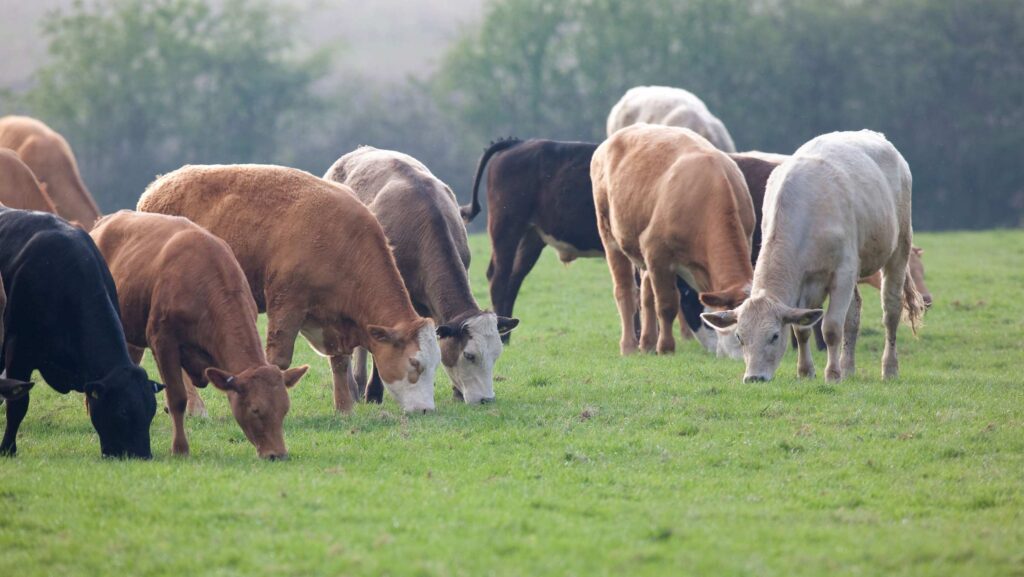AHDB finds Red Tractor outperforms Australia and NZ rivals
 © Tim Scrivener
© Tim Scrivener Red Tractor’s beef and lamb farmgate production standards are the strongest overall compared with equivalent schemes in Australia and New Zealand, an AHDB study has found.
The Red Tractor Beef and Lamb scheme in England achieves higher scores than the New Zealand Farm Assurance Programme (NZFAP) and the Livestock Production Assurance (LPA) scheme in Australia, according to a comparison of international beef and lamb standards between the three countries.
This is partially because the Red Tractor scheme is “more prescriptive” and contains more detail than the other schemes, but also because it targets areas which are important to the UK consumer, say the authors of the AHDB report, which has been independently reviewed by Birne Consultancy.
See also: Red Tractor axes plans for Greener Farms Commitment
The LPA scores highest on biosecurity and disease control, with Red Tractor second and the NZFAP substantially lower.
The Red Tractor scheme scores well on biosecurity and is likely to encourage a focus in this area among its members, the report says, but it misses some important components “which could slow or prevent the transmission of disease”.
This has raised concerns from within the industry that lower farm assurance standards in Australia and New Zealand, two of the UK’s most recent trading partners, could give them an unfair commercial advantage.
Farming commentators have welcomed the report, but warned that Red Tractor Beef and Lamb scheme must find ways to add value for its farmer-members who face threats from cheap red meat imports.
For the farm assurance analysis, scores were awarded to each scheme in 14 categories, including food safety, animal health and welfare, and environmental protections, with weightings awarded to reflect the relative importance of these in each scheme.
The Red Tractor scheme obtained a higher overall weighted score than NZFAP, which in turn outperformed the LPA.
Farm audits
Red Tractor audits were most frequent, carried out in-person every 18 months.
NZFAP audits are required every three years, but processors may require more frequent visits to meet consumer demand.
LPA says it inspects about 3,000 farms each year, with two-thirds of these drawn at random from its members.
The report is the first in a series of four looking at English beef and lamb farmgate production standards compared with global equivalents.
It will be followed by three further reports this year, comparing key EU, North American and South American (Brazil) standards.
The AHDB says the four reports will bring together evidence about where England stands globally on standards in the beef and lamb sector “to support crucial decisions around the future of regulatory and voluntary schemes”.
The output of this work will also provide evidence for the recently announced independent Farm Assurance Review.
Reaction
Liz Webster, founder of the farm lobby Save British Farming, said: “We all know that British beef and lamb is produced to higher standards than our competitors in Australia and New Zealand.
“UK consumers say they want to buy British, but when it comes down to it, they are going to buy the cheaper product because of the pressure on the purse.
“We have got to have something which justifies the price hike of someone paying double or triple what the New Zealand product costs. I’m afraid we’re going into the Wild West.
Mrs Webster commented: “The Trade and Agriculture Commission was meant to stop lower-standard food coming in. What a joke.”
On exports, she said there still seemed to be a strong EU market for British lamb since Brexit, and “there does not appear to be anything to replace it”.
But she asked: “Will British meat make it over to Australia and other far-flung countries? Why would someone in Canada buy a British steak which is going to cost them more?”
